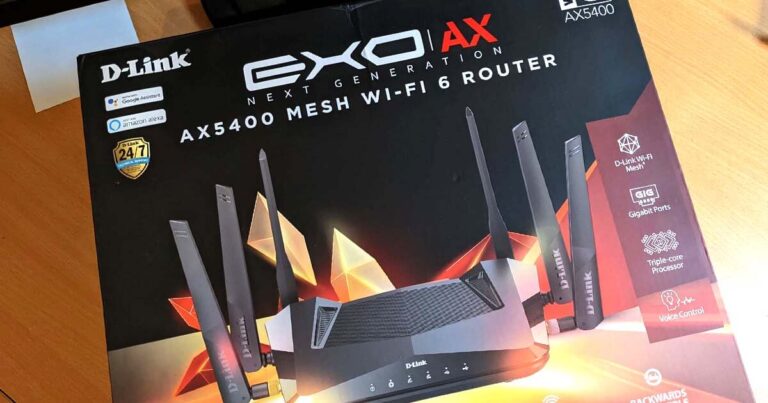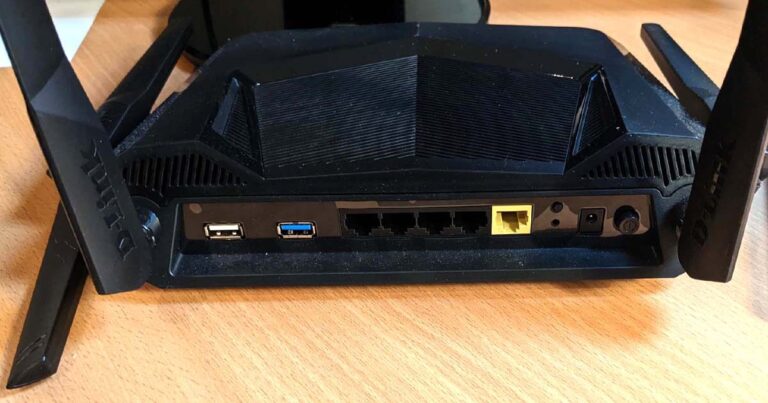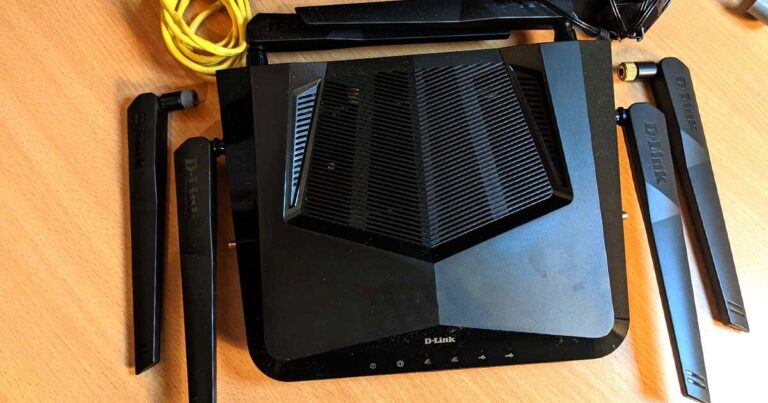Optus Mobile Review ALDI Mobile Review Amaysim Mobile Review Belong Mobile Review Circles.Life Review Vodafone Mobile Review Woolworths Mobile Review Felix Mobile Review Best iPhone Plans Best Family Mobile Plans Best Budget Smartphones Best Prepaid Plans Best SIM-Only Plans Best Plans For Kids And Teens Best Cheap Mobile Plans Telstra vs Optus Mobile Optus NBN Review Belong NBN Review Vodafone NBN Review Superloop NBN Review Aussie BB NBN Review iiNet NBN Review MyRepublic NBN Review TPG NBN Review Best NBN Satellite Plans Best NBN Alternatives Best NBN Providers Best Home Wireless Plans What is a Good NBN Speed? Test NBN Speed How to speed up your internet Optus vs Telstra Broadband ExpressVPN Review CyberGhost VPN Review NordVPN Review PureVPN Review Norton Secure VPN Review IPVanish VPN Review Windscribe VPN Review Hotspot Shield VPN Review Best cheap VPN services Best VPN for streaming Best VPNs for gaming What is a VPN? VPNs for ad-blocking Screw on the two unattached antennas, then fold them upwards with the other four that are already screwed into place. It’s tricky to get the rest wrong, with a power cable and a single yellow Ethernet cable that’s meant for the yellow WAN port (the other end goes into your modem). Still, we wish the power adaptor was in a vertical orientation rather than old-school sideways, which can make placement a pain on a power board. The other gripe I have with the installation is the QR code on the quick installation guide leads to a user manual rather than the D-Link WiFi app. Admittedly, the app is easy to find in the Google Play Store or App Store, and it offers step-by-step guided installation. Even manual installation without the app is a breeze, more so if you’re with an NBN provider that’s listed in the configuration drop-down menu. Superloop is my current provider, and while it wasn’t listed, manual configuration was as simple as selecting ‘Other’ from the provider list, then selecting the IPoE network protocol instead of PPPoE (read our NBN network protocol guide for more info). Basically, if your provider isn’t listed, try PPPoE if you have a username and password from your provider, or the DHCP option if you don’t. While not as handhold-y as the app steps, the D-Link DIR-5460 installation wizard providers simple installation guidance. The only thing that may weird you out (which it did me), is the installation wizard only asks for a single wireless network name (SSID), despite the typical two for 2.4GHz and 5GHGz. But that turns out to be a fantastic asset. As for that second WiFi network, it doesn’t exist, unless you want to add a guest network. This may sound like a con, but it’s actually a big pro because D-Link has taken a leaf out of the book of mesh WiFi systems and folded the farther-reaching 2.4GHz band and speedier 5GHz band into a single wireless network. This means you don’t have to add multiple wireless networks to your devices for at-home use, and it also means the DIR-5460 intuitively switches between 2.4GHz and 5GHz bands based on how far away your devices are from the router. In terms of speeds, the D-Link DIR-5460 offers impressive results. I ran tests with my Superloop NBN 100/40 connection (which uses Fibre-to-the-Curb technology) during the busy evening hours and scored the results below (note that bigger numbers are better for download and upload, but lower numbers are better for latency): The important part to pay attention to are the respective changes to latency, download speed and upload speed. The lower the impact, the better the router is at handling WiFi range and tackling interference. While the D-Link DIR-5460 dominated the upload speed comparisons (only losing out by a breath in one test), it also took some promising range wins for download and had the best latency for one of the test locations through a thick concrete wall. Overall, these speeds are solid for the different types of interference the D-Link DIR-5460 is handling. D-Link clearly wants to encourage its users to tinker, which is great. The basic connectivity options are under Settings, but the Features drop-down menu is where you’ll find the advanced functionality. Quality of Service (QoS) is a standard feature for routers these days, but the D-Link DIR-5460 makes it even easier with a straightforward speed test as well as a drag-and-drop system for prioritising device bandwidth across highest, high and medium categories. There are other features you might want to tinker with here, too—including port forwarding, a firewall and a website filter—but I also really like that it includes router-level virtual private network (VPN) support, even if it’s more complicated to configure than the other features. What’s infinitely more straightforward is the automated firmware updates, plus the peace of mind that the router stores backups in case an automated update goes wrong. The other advanced feature everyday users should tinker with is the USB functionality. Connect a USB hard drive, and within a few clicks, you can activate a media server (accessible to the entire network) as well as Windows file sharing or even an FTP server. We like a router that’s easy to install, simple to configure and one that’s easy to tinker with for users who like to personalise settings inside a router’s operating system. Ultimately, though, a router has to offer a speedy and reliable network—mainly for preserving internet speeds but also for local transfers—which is why we pay close attention to the results of our speed tests. From there, we test a router as an everyday device. While high-end, future-proofed bells and whistles are great, we like routers that reliably work in the background to make it easy to browse the web, play games, share files locally and, ideally, offer wide-reaching WiFi networks.


